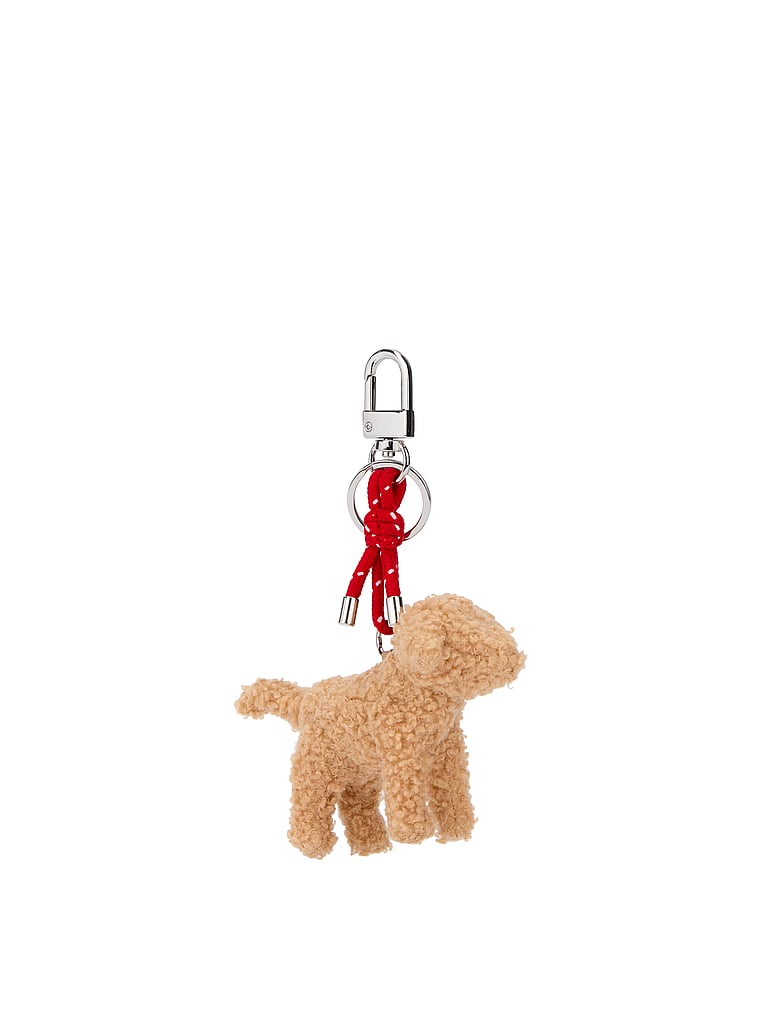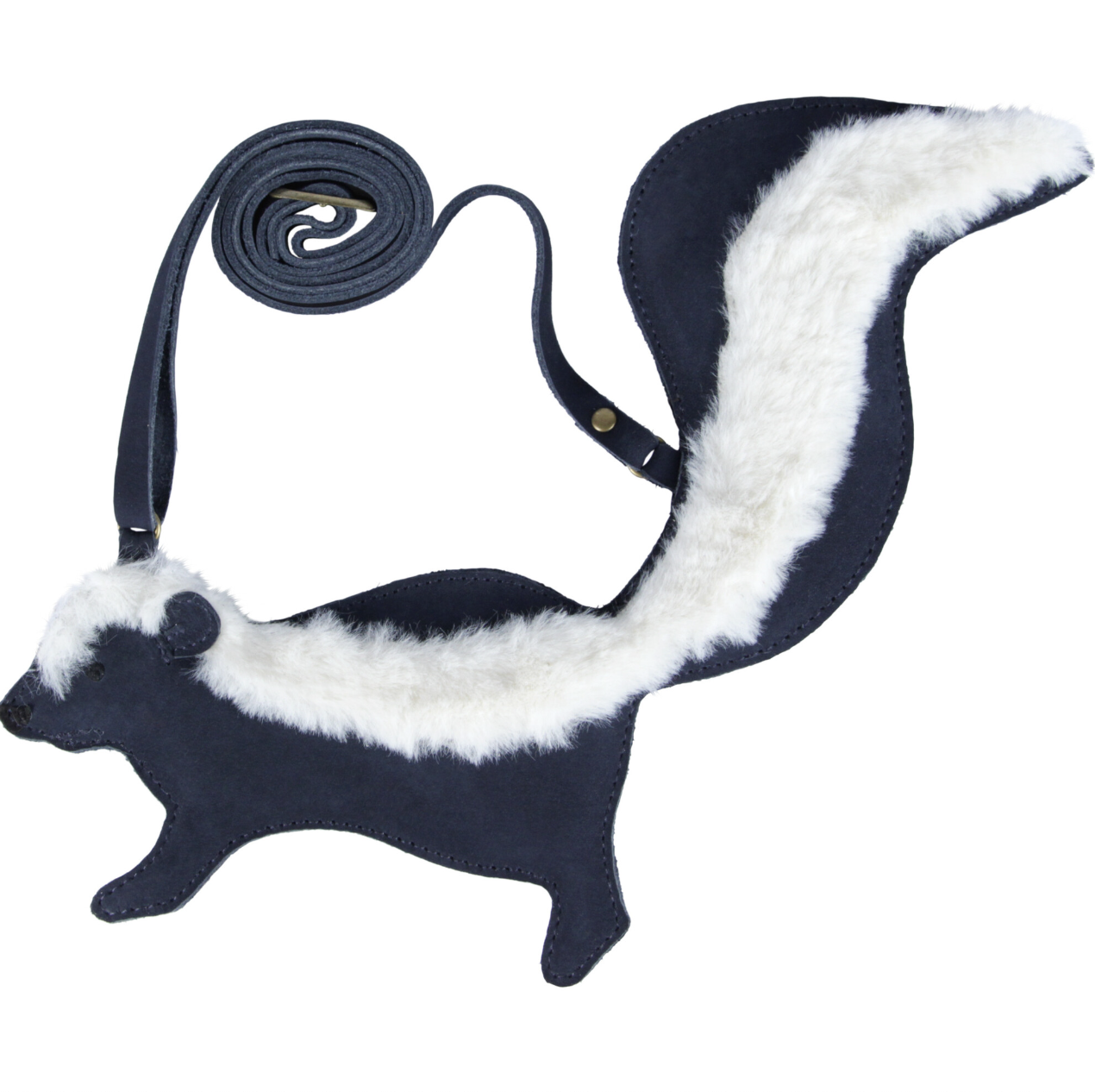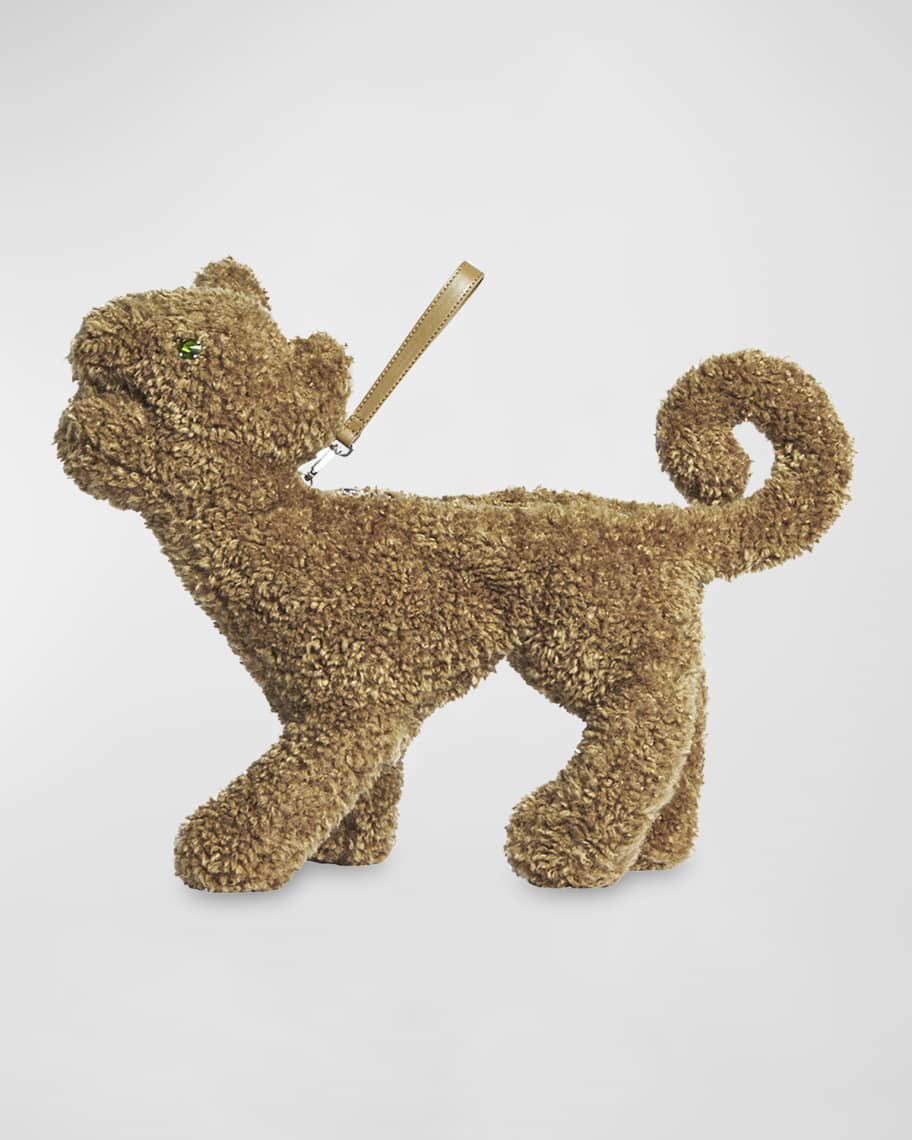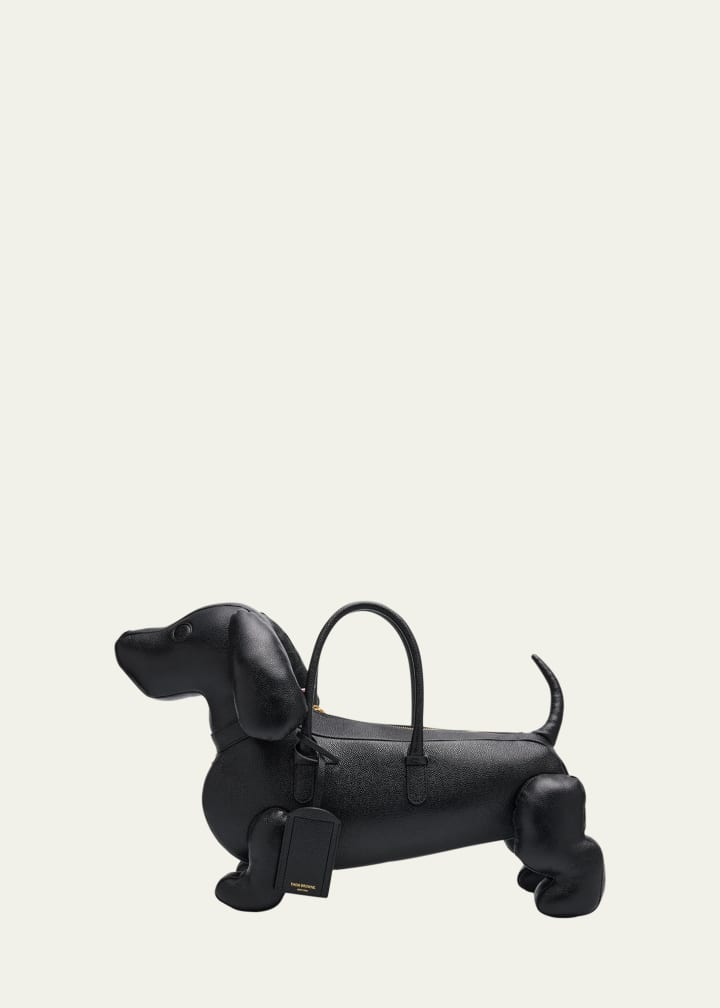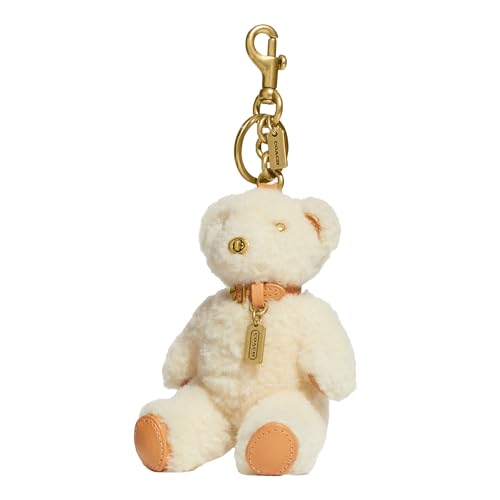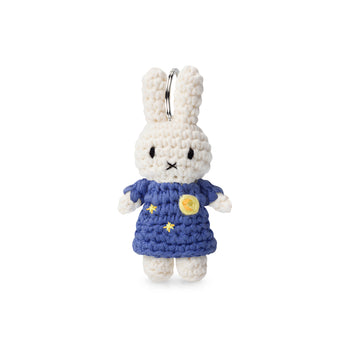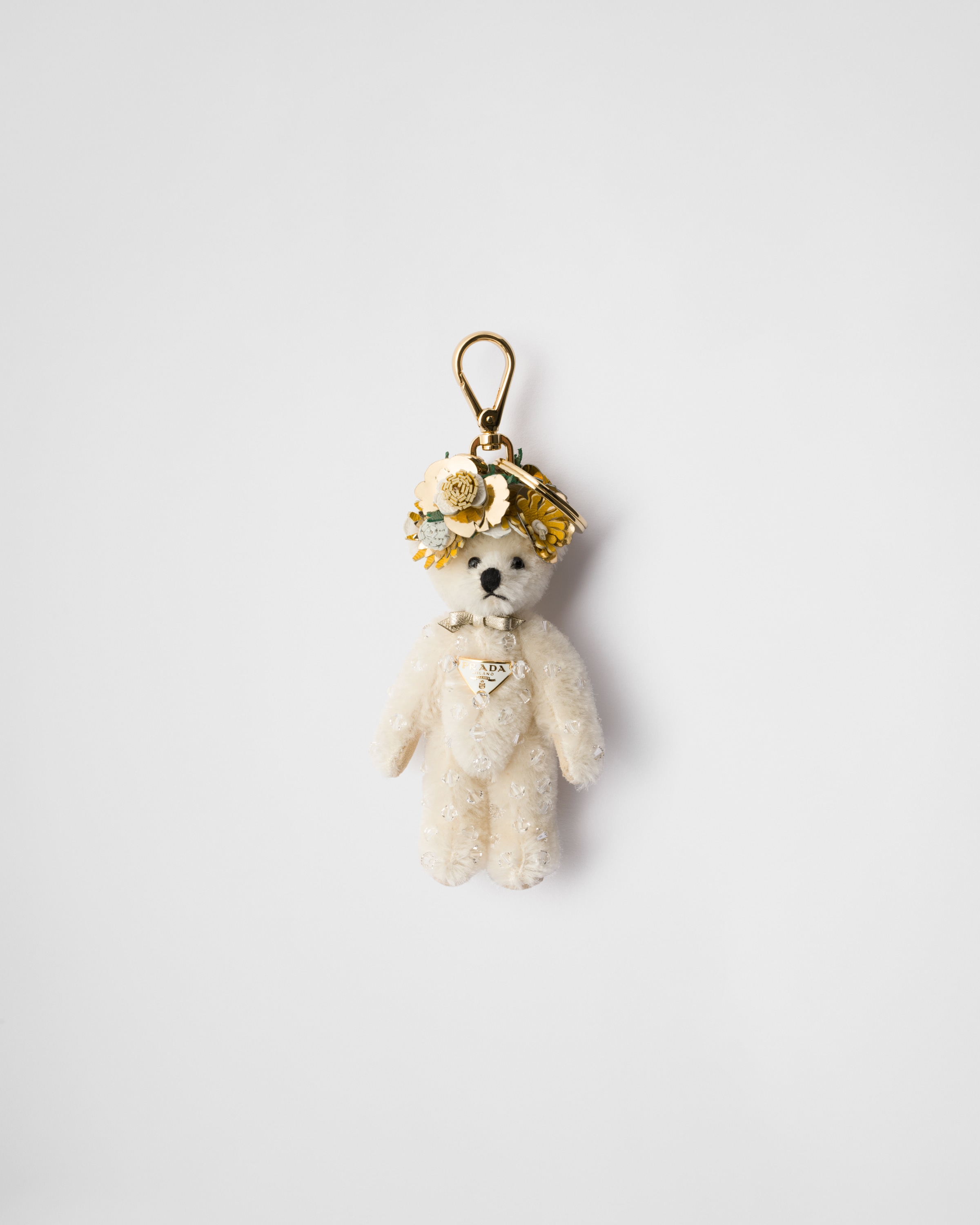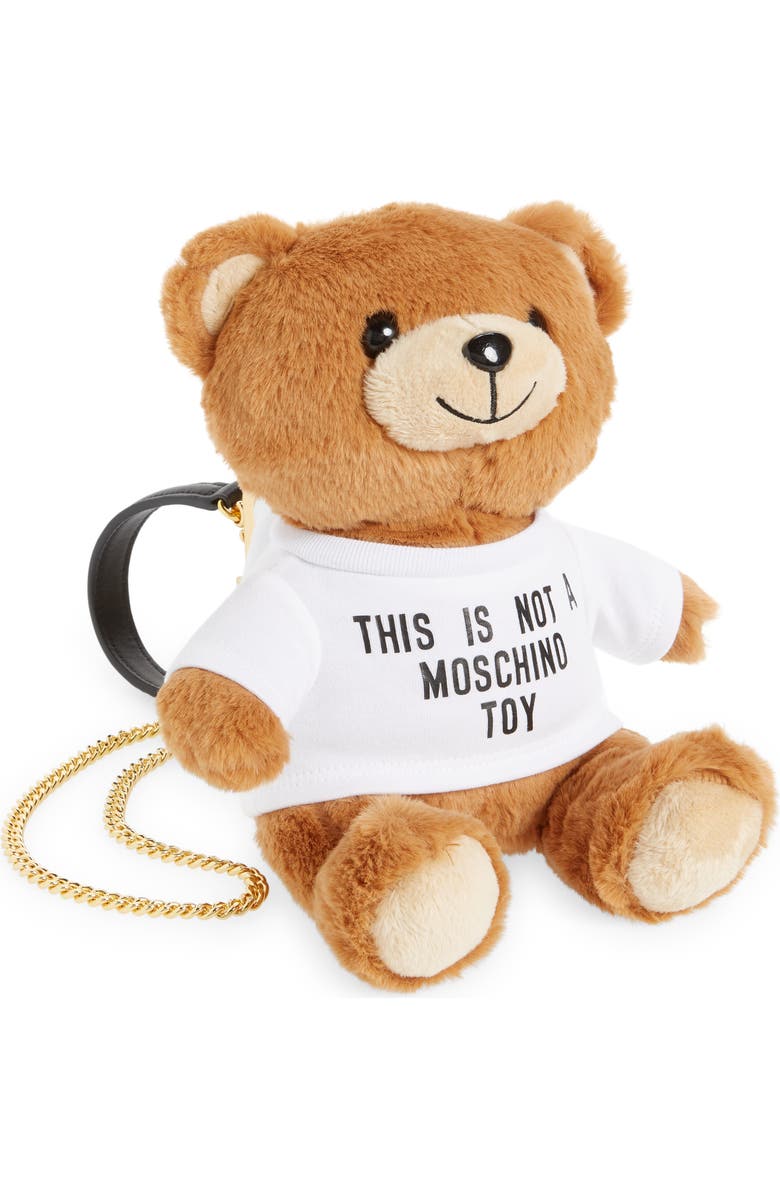Can Emotional Support Accessories Get Me Through 2025?
There's a reason cute, cuddly charms are trending.
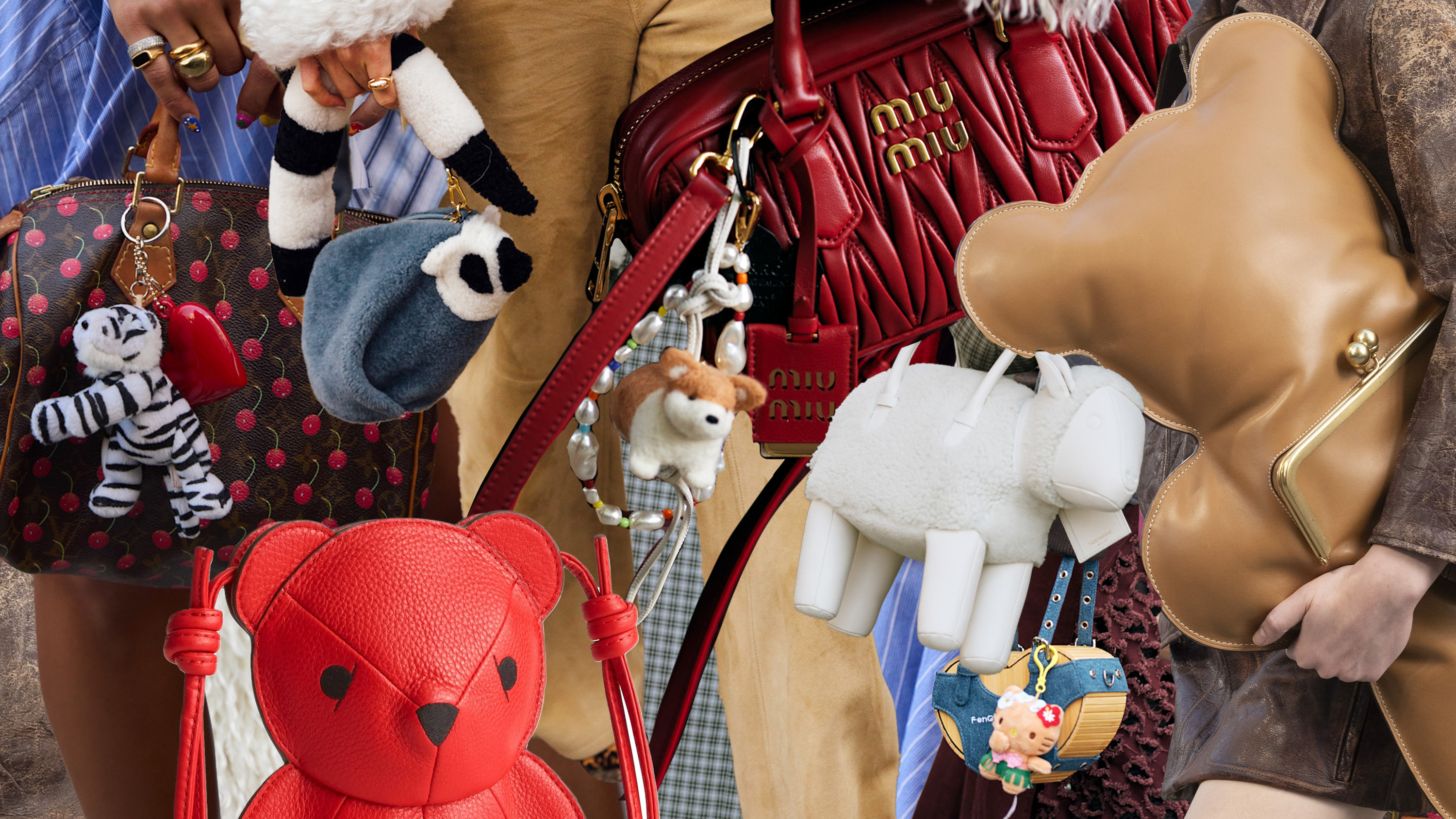
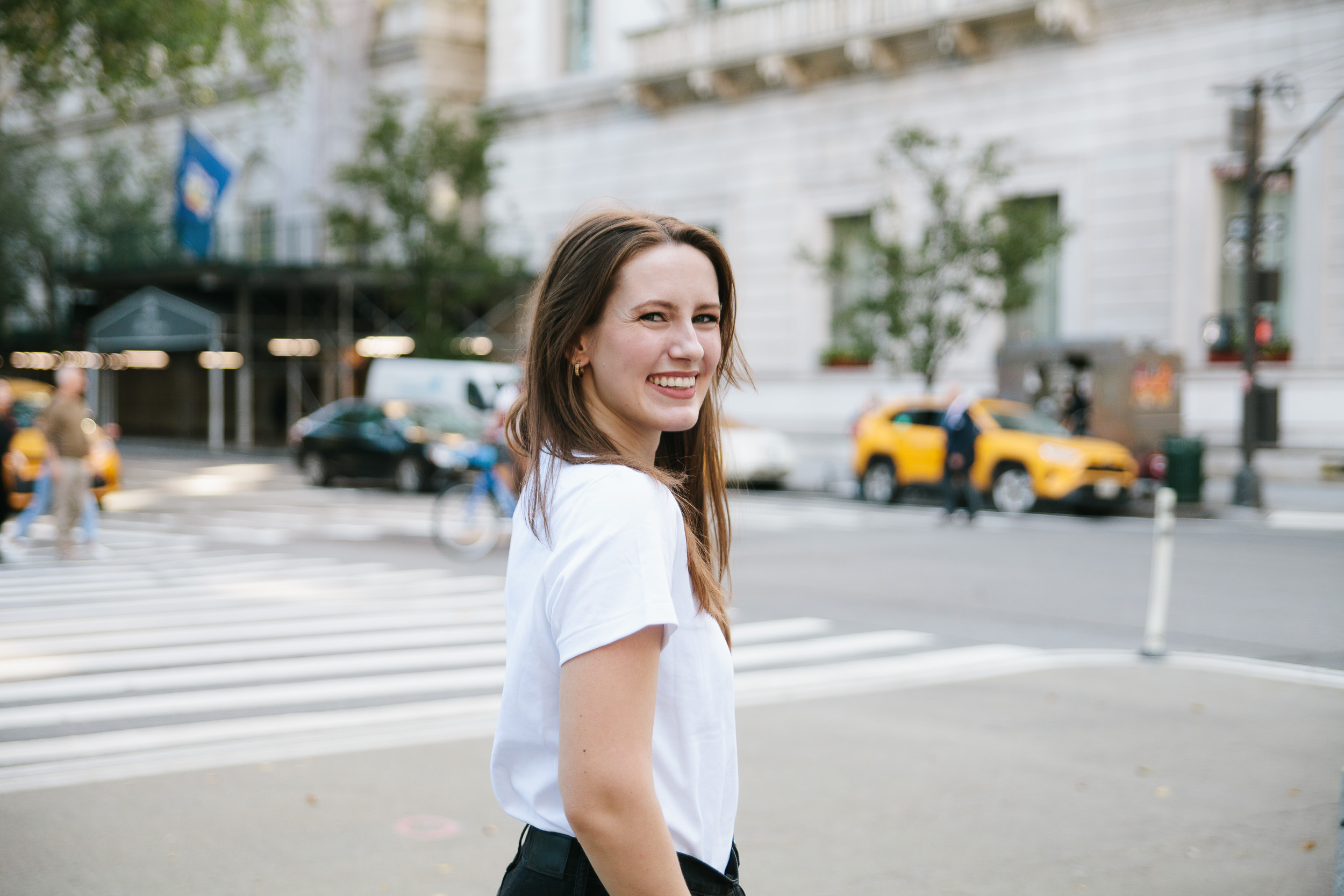
The first accessory to ever win my heart as a young fashion editor-in-waiting went wherever I went. Its pink-and-white spotted exterior dictated my entire closet’s palette; we always had to match. I carried it in the crook of my arm with the reverence and care that Hermès salespeople direct toward fresh-out-the-box Birkins. I never let it touch the ground. I went nearly catatonic on a day I thought I left it behind in a rental car and lost it forever. It was a source of comfort and identity; it was technically the beginning of my sense of style. It was a stuffed giraffe.
I’m hardly the only little kid who held on to an inanimate emotional support animal for most of their childhood—and retired it to storage when those once beloved companions became too embarrassing to acknowledge in public. (No, you got up after everyone dozed off at your first sleepover to pull your stuffed animal out of your backpack.) But two decades after I released my grip on my giraffe’s plush neck, the fashion world started suggesting it’s perfectly okay to pick it back up for extra TLC when needed. Or find a miniaturized version and clip it onto my grown-up work bag.
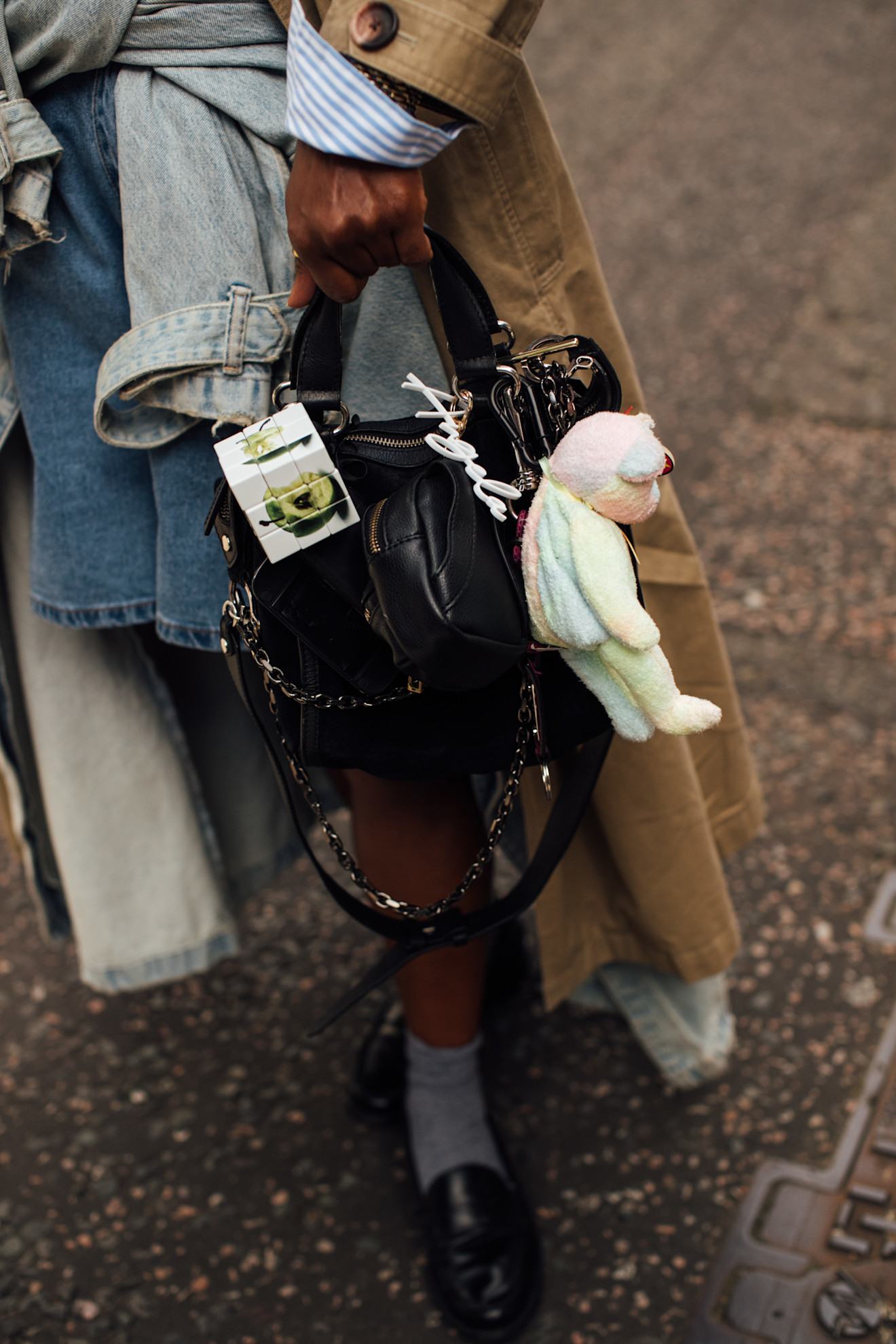
This fall at fashion month, Beanie Babies and animal charms were common co-stars in street style.
Lately, well-dressed adults have been seen carrying stuffed animals just as often as preschoolers, both in major fashion capitals and across the internet. Some are crocheted bunnies and kittens with Thumbelina proportions, fastened to a shoulder bag in a row of other charms. Others are nearly-life-size lap dogs, reimagined with leather top handles and an iPhone pocket. The looks outside shows in London, Paris, and Milan came with everything from under-$50 farm animal tchotchkes to $750+ Prada teddy bears. There’s no sign of the Zootopia styling going away in 2025: Vera Bradley’s recent rebrand came with leather teddy bear bags, while Coach sent a supersized bear clutch down its Spring 2025 runway. On TikTok, Jellycat charms are a frequently requested gift for the upcoming holiday season. And as thousands of women "Jane Birkin-ify" their bags, cuddly pets are often part of the equation.
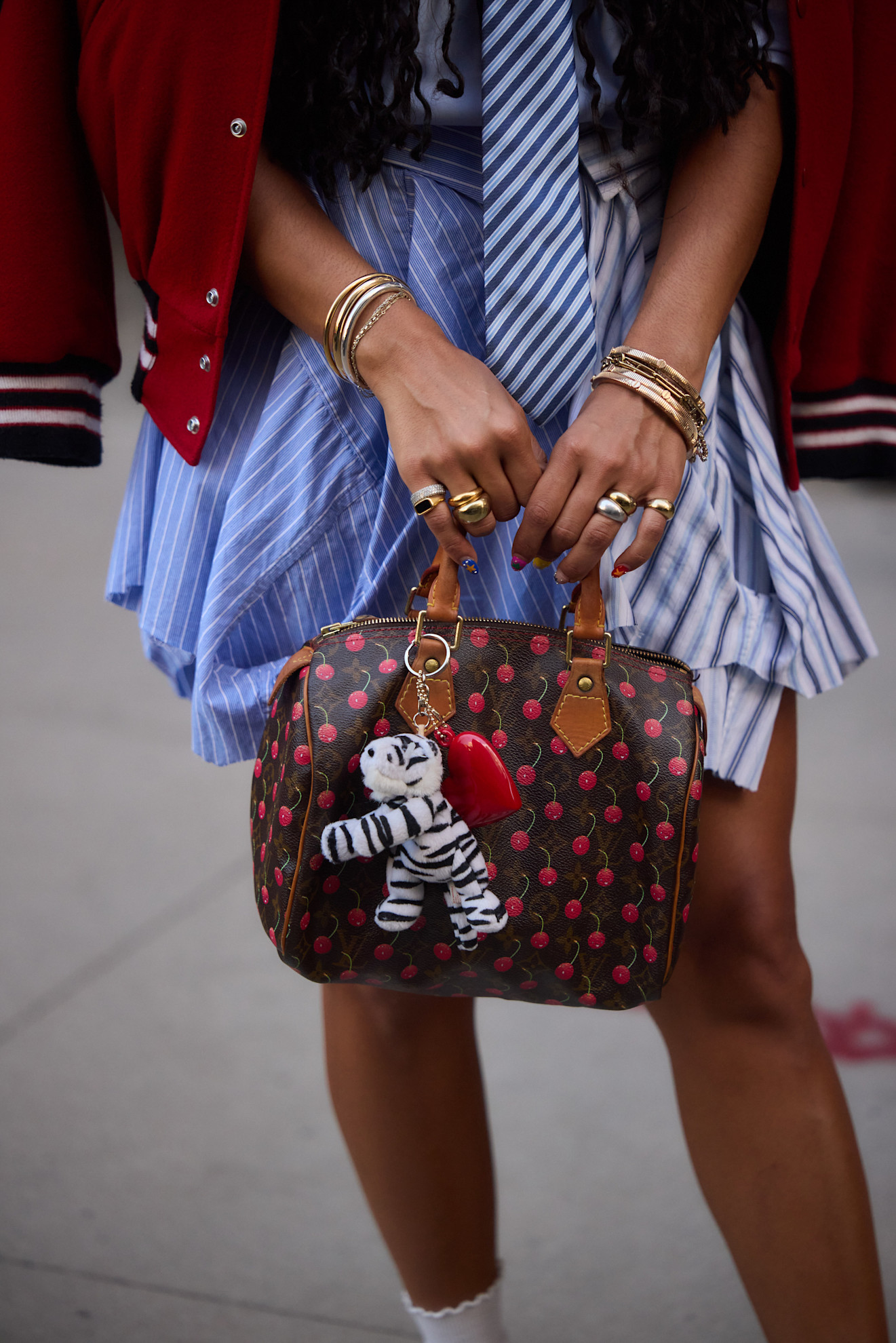
The most common accessories are small, plush animals affixed to a bag with other tiny charms.
Nobody is immune to nostalgia, not even the most discerning of shoppers.
Chloe Lee, co-founder of Selleb
While there seems to be a surge in adults coveting trinkets, fashion menageries aren’t exactly new. Thom Browne introduced his Hector bag, a tribute to his beloved dachshund, in 2016. J.W. Anderson’s hyperrealistic pigeon clutch appealed to a certain kind of downtown doyenne in 2022. Bags shaped like bears, puppies, and kittens have appeared in novelty collections for decades. Still, a mass adoption of inanimate animals feels extremely 2024. Between rising costs of living, geopolitical unrest, rollbacks of reproductive rights, and so many other unfortunate events, times are, to dramatically understate it, stress-inducing. When faced with challenges in the present, many people tend to view their histories with greater fondness. They often find comfort in reminiscing about their childhoods, a time when they likely didn’t have to deal with the burdens of adulthood.
Across the board, this accessory trend permits grown-ups to act a little less, well, grown-up, and tap into their inner child. It's pure and undiluted whimsy, carrying a toad or a toy poodle on your morning commute. At the same time, it’s a rare way to look highly individual in an increasingly homogenous fashion economy. (Few people carry the exact same plush species with them.) Plus, emotional support animals are no longer allowed in as many places as they once were. You can’t take a living, breathing support dog above a certain size on a Delta flight—and you definitely can't take a peacock or a turtle. But a crocheted one? That’s always welcome.
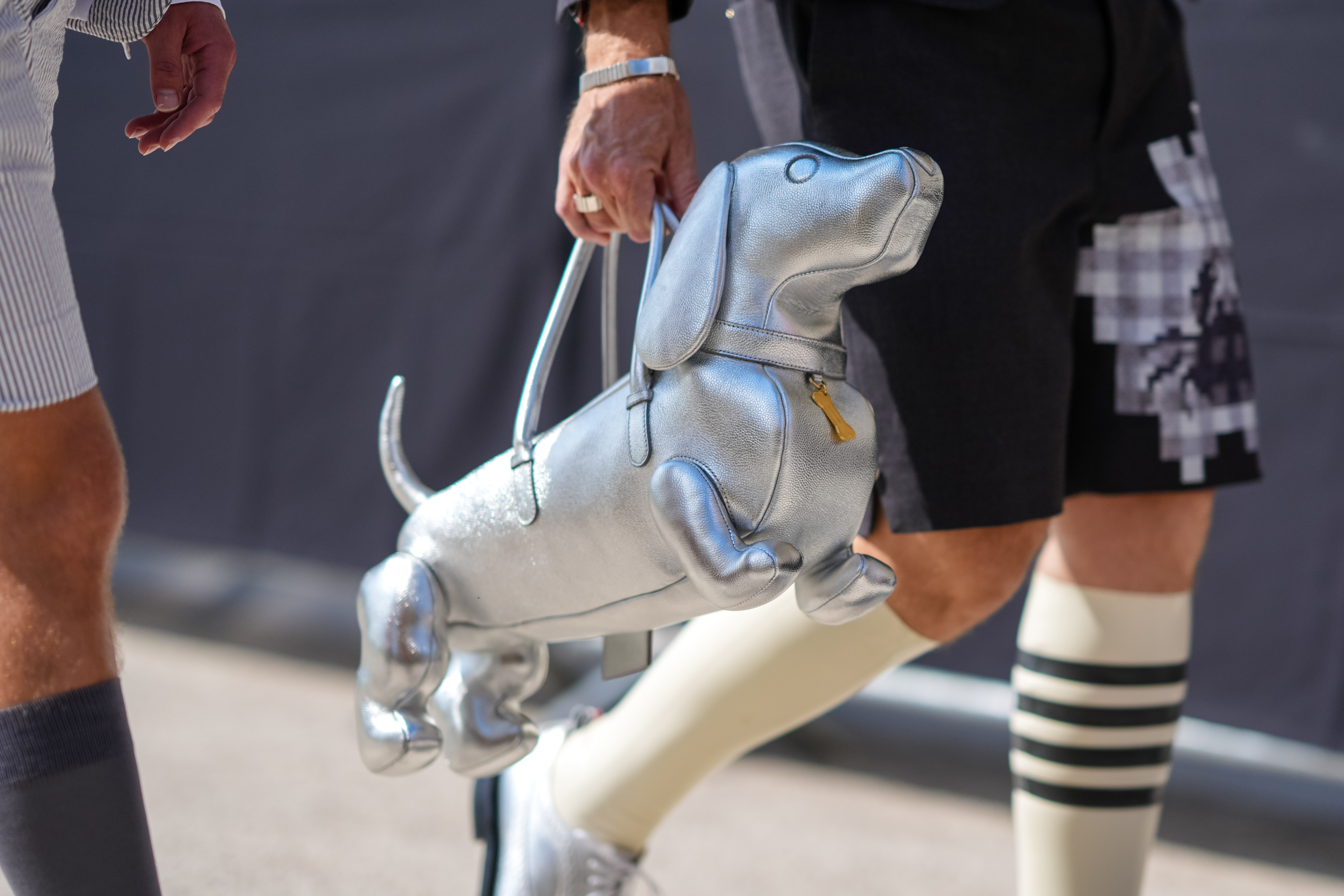
Thom Browne released his first Hector bag, shaped like his beloved dachshund, in 2016. The bag comes in several hybrid breeds carried all over today.
Viv Chen, a fashion and culture writer behind the newsletter The Molehill, treasured one special animal clip: a Melanie bunny charm her sister brought back as a souvenir from a trip to Singapore. It’s fastened to her vintage Coach purse as a daily source of portable comfort. “When I look at it, I think about my dog, which makes me really happy,” she says. “I also sometimes squeeze or touch it for comfort because it has a tactile plushiness, which can soothe my anxiety in a similar way that petting a dog or cat might.”
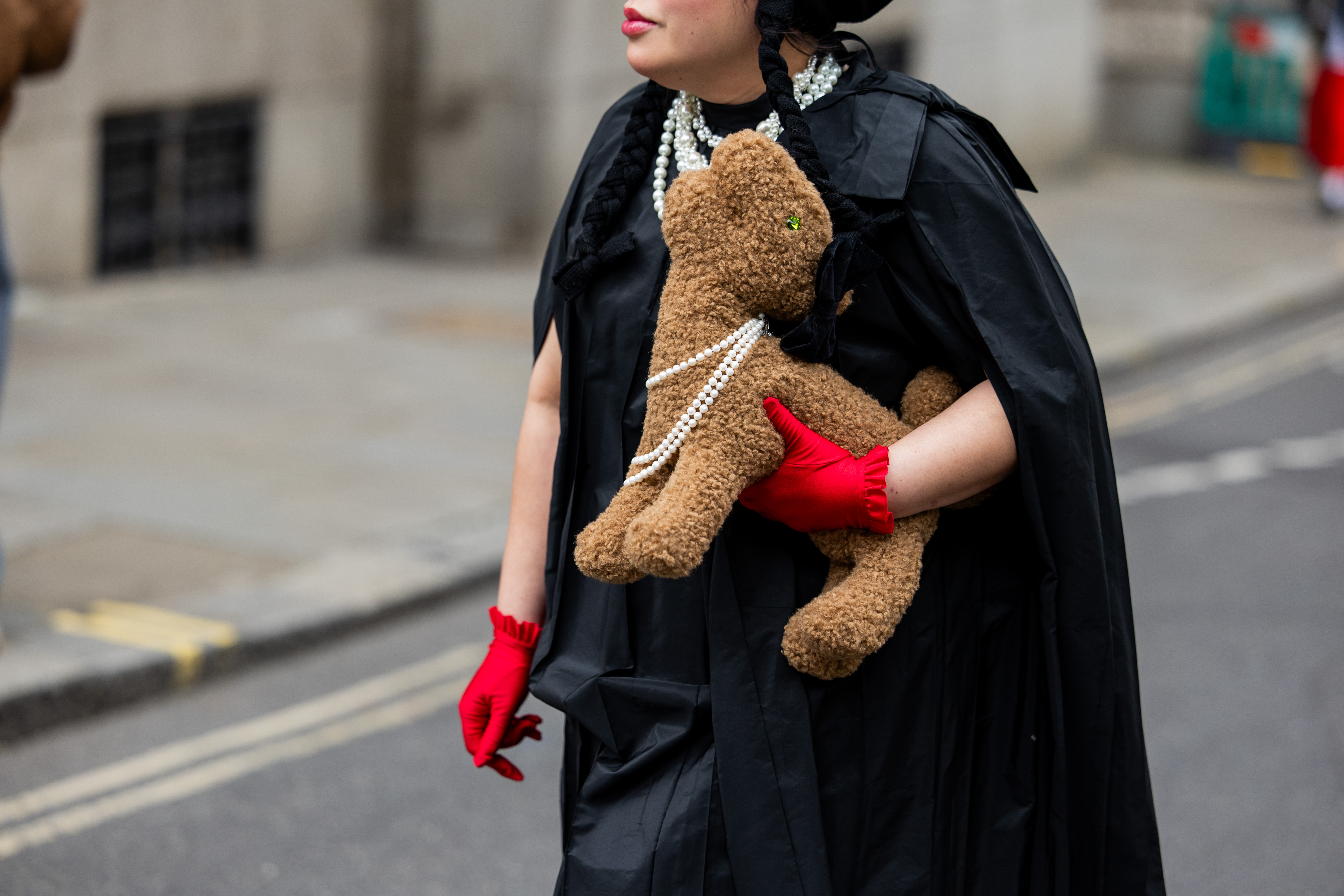
A guest at London Fashion Week carried another high-fashion take: Simone Rocha's Creature Clutch.
This idea of finding comfort in animal-inspired accessories isn’t unique to just Chen. When Simone Rocha debuted her Creature Clutch, a roomy bag resembling a poodle, Earl Earl writer Laurel Pantin “stopped in her tracks” and ordered it before heading to Paris Fashion Week this past season. To her discerning eye, the bag does more than give her something to hold onto; it gives her a delightful way to stand out.
“[W]e've all seen so much in terms of new bags and It-bags and THE bags that a bit of novelty feels good,” she says. “I love things like this because they feel so singular but speak clearly to the designer's vision.” She points to Matthieu Blazy's Intrecciato Richard Scarry book portfolio for Bottega Veneta as another example of a childlike accessory with multigenerational appeal. “It feels like pure indulgence.”
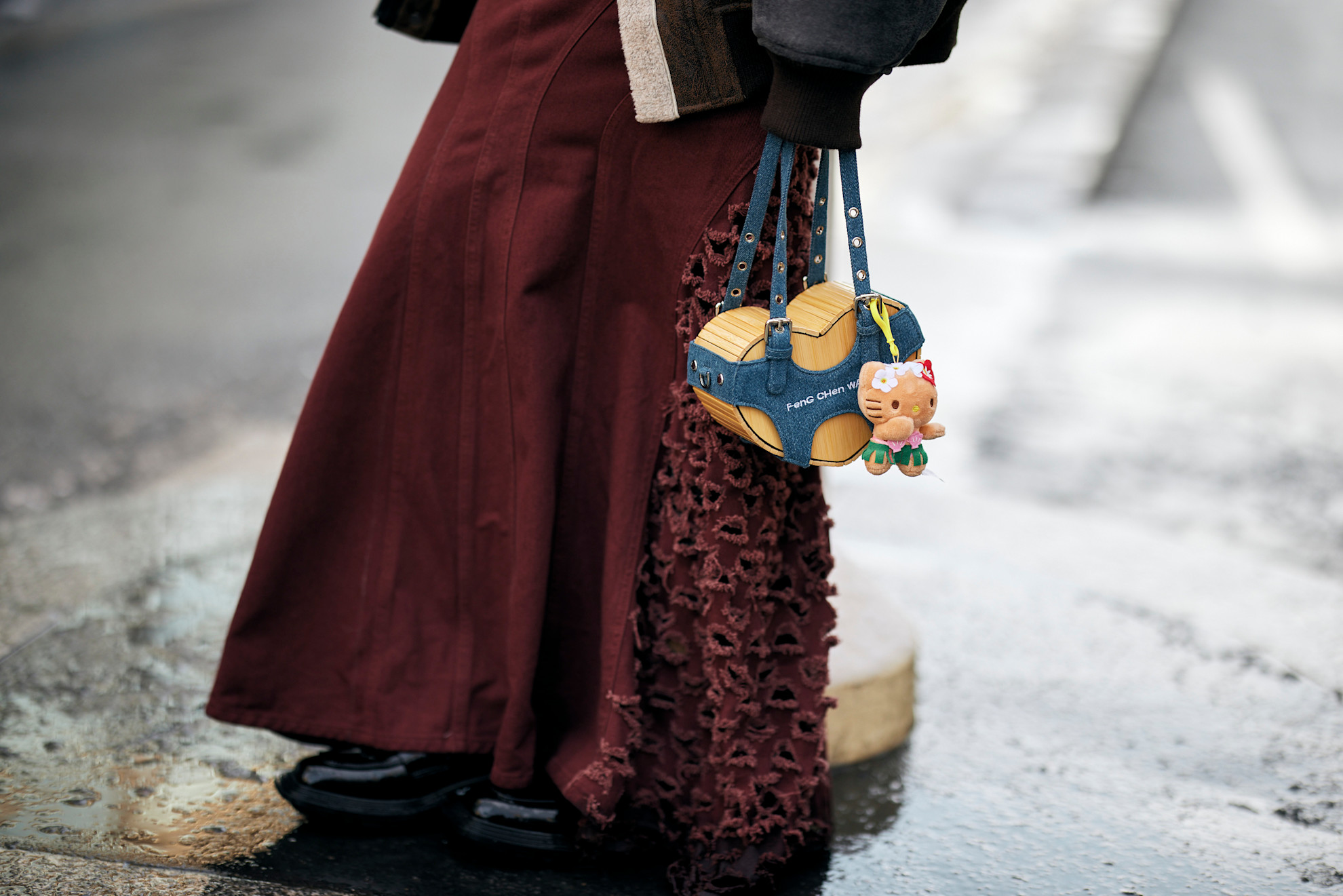
Some bag charms go in a branded direction, like this hula Hello Kitty spotted at Paris Fashion Week.
While the U.S. could certainly use a dose of feel-good fashion, the forces driving this trend reach far beyond our borders. Chen notes that “Korean and Japanese power in Western fashion” is also responsible for the plushie’s takeover. “In many East Asian societies, there's been a longstanding culture of ‘cuteness’ where things like cartoons, dolls, and stuffed animals are very normalized for adults to enjoy. “Accessorizing with stuffed animals and cartoon characters has been a norm in many parts of Asia for quite some time.”
She also notes that Western shoppers are enamored with Korea and Japan, eagerly adopting their styling cues. Designers share the same obsession with an eye toward their bottom lines. “As the Asian luxury consumer base grows, we see more Western designers catering to Asian cultural tastes—just look at how many design houses release Lunar New Year collabs now compared to even five years ago.”
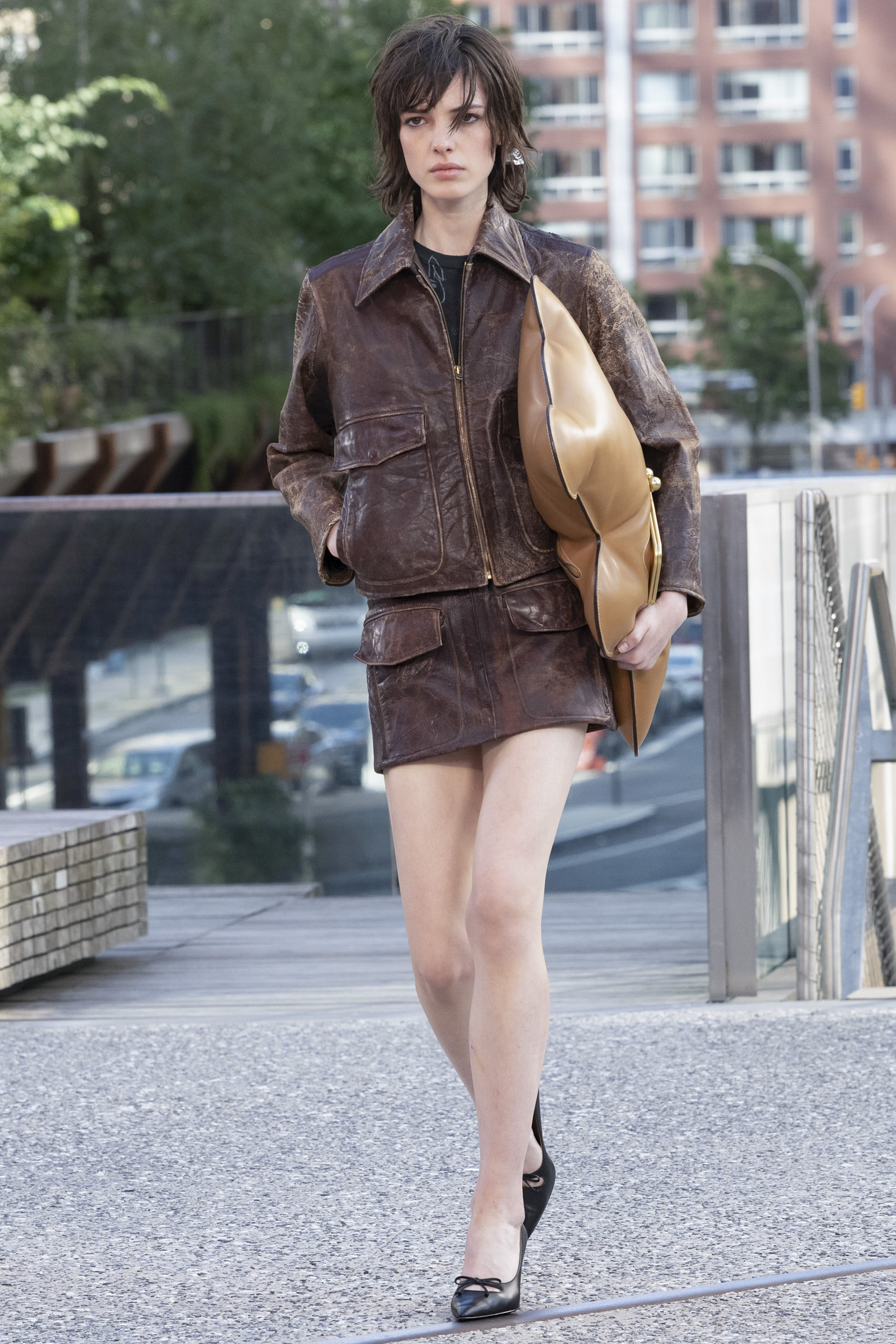
Coach's Spring 2025 runway featured a giant leather clutch in the shape of a teddy bear.
I realize with such a normal outfit it's kind of a shock, but that's why I like it.
Laurel Pantin, founder of Earl Earl
In line with the carefree spirit of a toy, stuffed animals are a trend that doesn’t take itself too seriously—transcending borders, sizes, ages, and even budgets with some creativity. It might be why the individualizing power of a zebra or tiger on an absolutely-everywhere Coach bag is especially prevalent among Gen Z. Log on to TikTok, and the drivers behind the broader bag charm trend are primarily early twenty-somethings tricking out their first designer bags. Chen explains that online culture, combined with the isolation brought on by Covid, has sparked a collective identity crisis within this group. In part, they’re navigating this uncertainty through fashion as a way to express and signal their individuality.
Emailing with two well-dressed Zoomers, Chloe and Claire Lee of the newsletter and shopping recommendation platform Selleb, confirms this theory. “For us, these keychains-on-bags harken us back to our high school days when things felt simpler and more quaint. An era when we used to give our friends passwords to our Snapchat accounts so they could keep the Snap streaks going (while we were grounded and had our phones taken away),” says Chloe. “Nobody is immune to nostalgia, not even the most discerning shoppers.” But not everyone, including the Lee sisters, feels the need to shop for the trend. Instead, Claire prefers to repurpose a sentimental stuffed llama she already owns by turning it into a snuggly keychain.
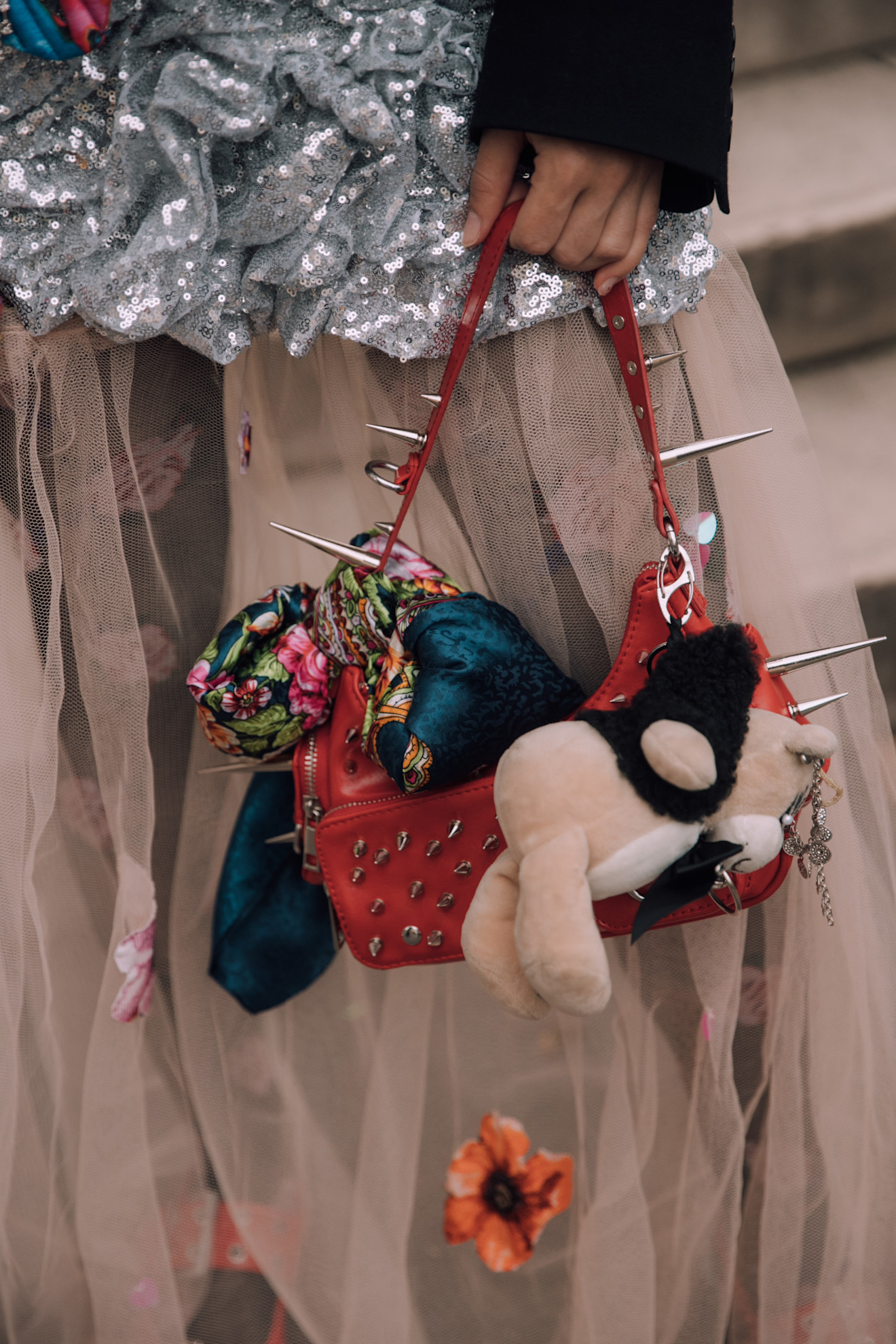
These pocket-sized stuffed animals are a way to channel a more carefree era for some fashion insiders.
Buyer beware: Bringing a child-like toy to work—(or anywhere) unironically—can invite misinterpretation. At a Paris Fashion Week dinner, Pantin says some of her fellow guests didn’t immediately register that her furry companion was actually a bag, or a way to express her style. “Someone asked me if I was really missing my kids and that's why I had it,” she says. She didn't mind. “I realize with such a normal outfit, it's kind of a shock, but that's why I like it.”
But her bag kickstarted conversations with the other emotional support animals in attendance. “A guest at the dinner brought her real dog—a miniature poodle or something—who looked exactly like my bag! The dog was barking at the bag; it was pretty cute.”
Some might think I’ve outgrown stuffed animals now that I’m old enough to have a real dog. She doesn't travel with me as often as my giraffe once did—though that’s more for behavioral reasons. I’m content carrying her in my heart while in public. Then again, a mini keychain in her likeness might be the perfect way to carry my own version of an ESA.
Shop Emotional Support Accessories

Halie LeSavage is the senior fashion and beauty news editor at Marie Claire, where she assigns, edits, and writes stories for both sections. Halie is an expert on runway trends, celebrity style, emerging fashion and beauty brands, and shopping (naturally). In over seven years as a professional journalist, Halie’s reporting has ranged from fashion week coverage spanning the Copenhagen, New York, Milan, and Paris markets, to profiles on industry insiders like celebrity stylist Molly Dickson, to breaking news stories on noteworthy brand collaborations and beauty product launches. (She can personally confirm that Bella Hadid’s Ôrebella perfume is worth the hype.) She has also written dozens of research-backed shopping guides to finding the best tote bags, ballet flats, and more. Most of all, Halie loves to explore what style trends—like the rise of emotional support accessories or TikTok’s 75 Hard Style Challenge—can say about culture writ large. She also justifies almost any purchase by saying it’s “for work.”
Halie has previously held writer and editor roles at Glamour, Morning Brew, and Harper’s Bazaar. She has been cited as a fashion and beauty expert in The Cut, CNN Underscored, and Reuters, among other outlets, and appears in newsletters like Selleb and Self Checkout to provide shopping recommendations. In 2022, she earned the Hearst Spotlight Award for excellence and innovation in fashion journalism. She holds a Bachelor’s Degree in English from Harvard College. Outside of work, Halie is passionate about books, baking, and her miniature Bernedoodle, Dolly. For a behind-the-scenes look at her reporting, you can follow Halie on Instagram and TikTok.
-
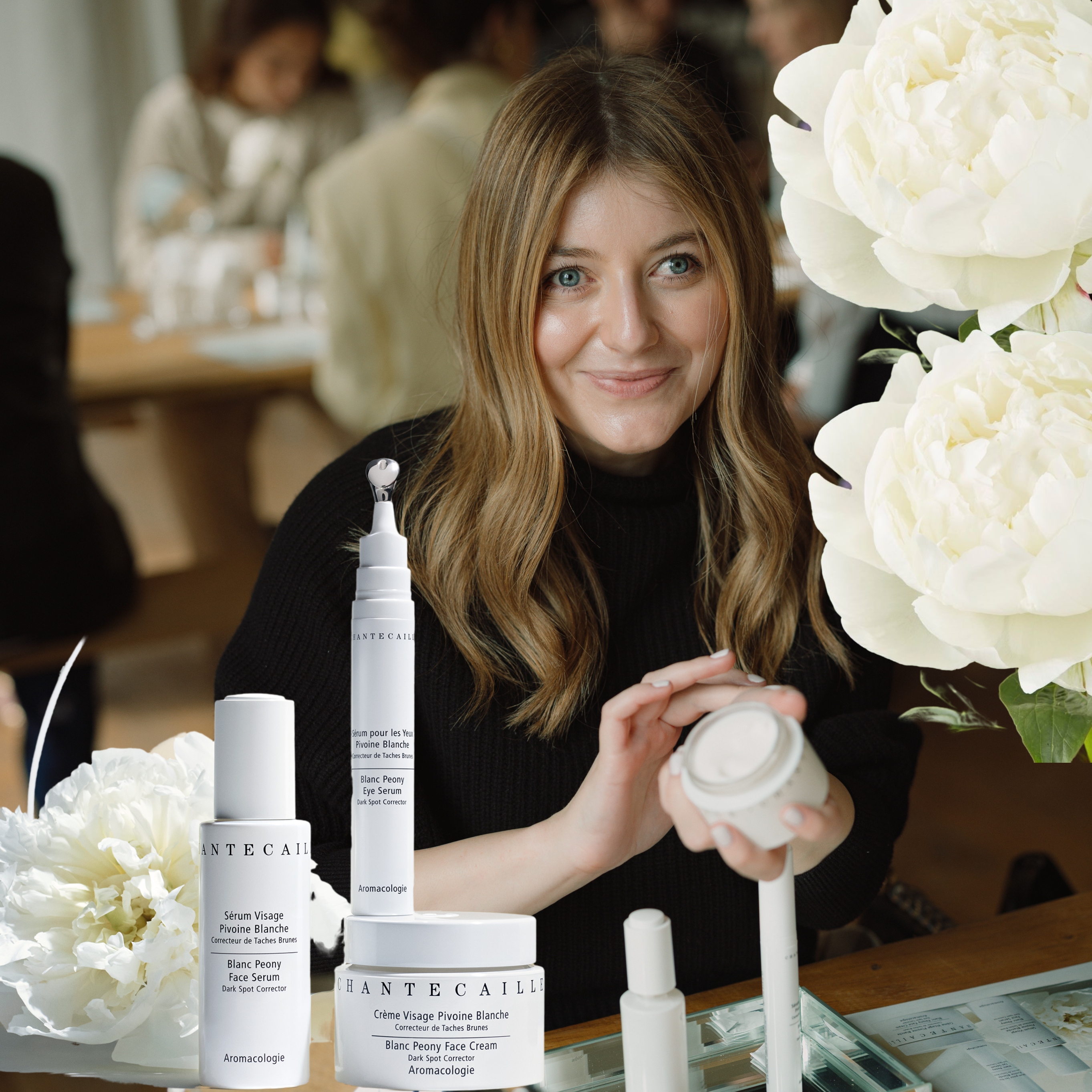 This New $235 Face Cream Turned My Dark Spots Into a Disappearing Act
This New $235 Face Cream Turned My Dark Spots Into a Disappearing ActSee it to believe it.
By Samantha Holender
-
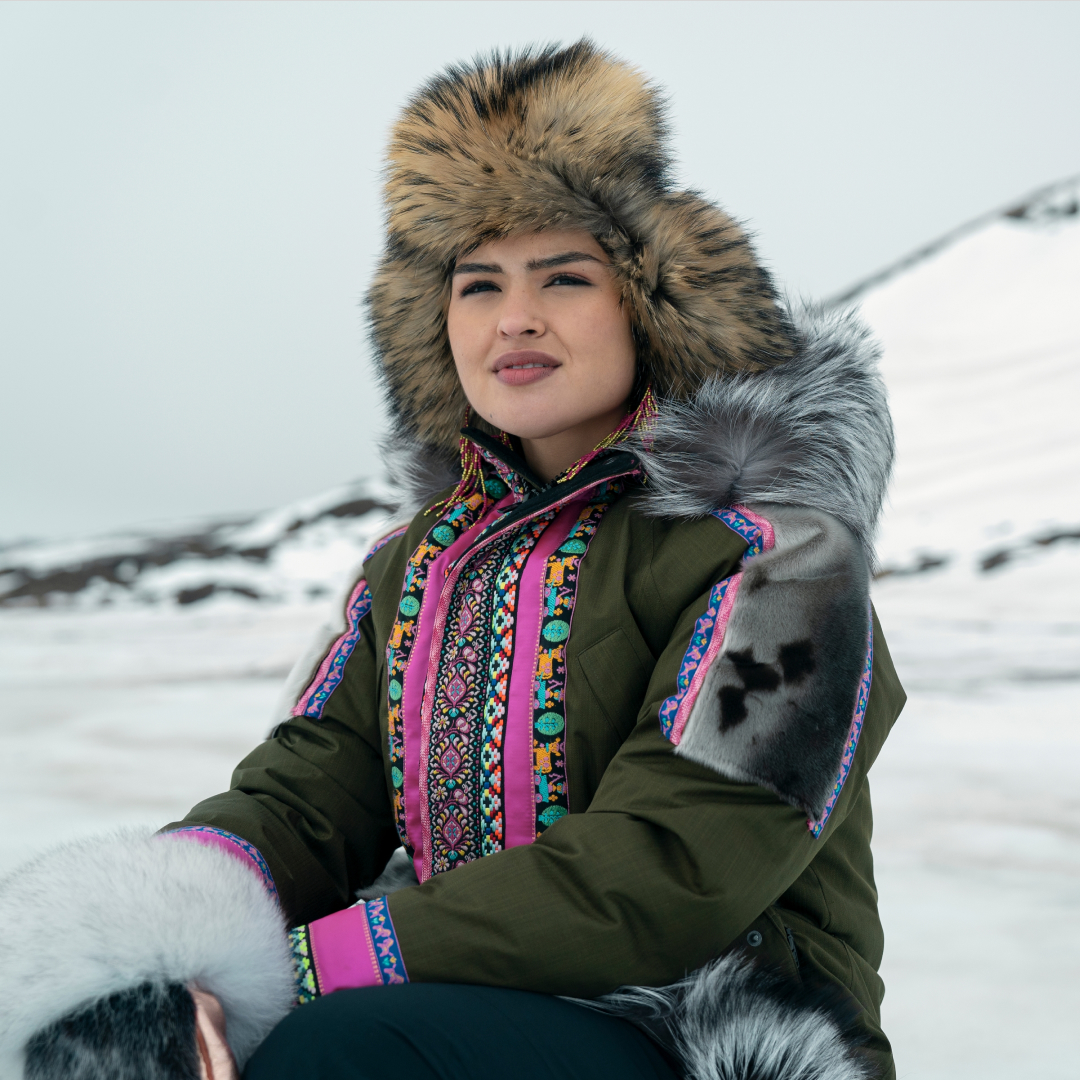 Netflix's 'North of North' Transports Viewers to the Arctic Circle—Meet the Cast of Inuit Indigenous Actors
Netflix's 'North of North' Transports Viewers to the Arctic Circle—Meet the Cast of Inuit Indigenous ActorsThe new comedy follows a modern Inuk woman determined to transform her life.
By Quinci LeGardye
-
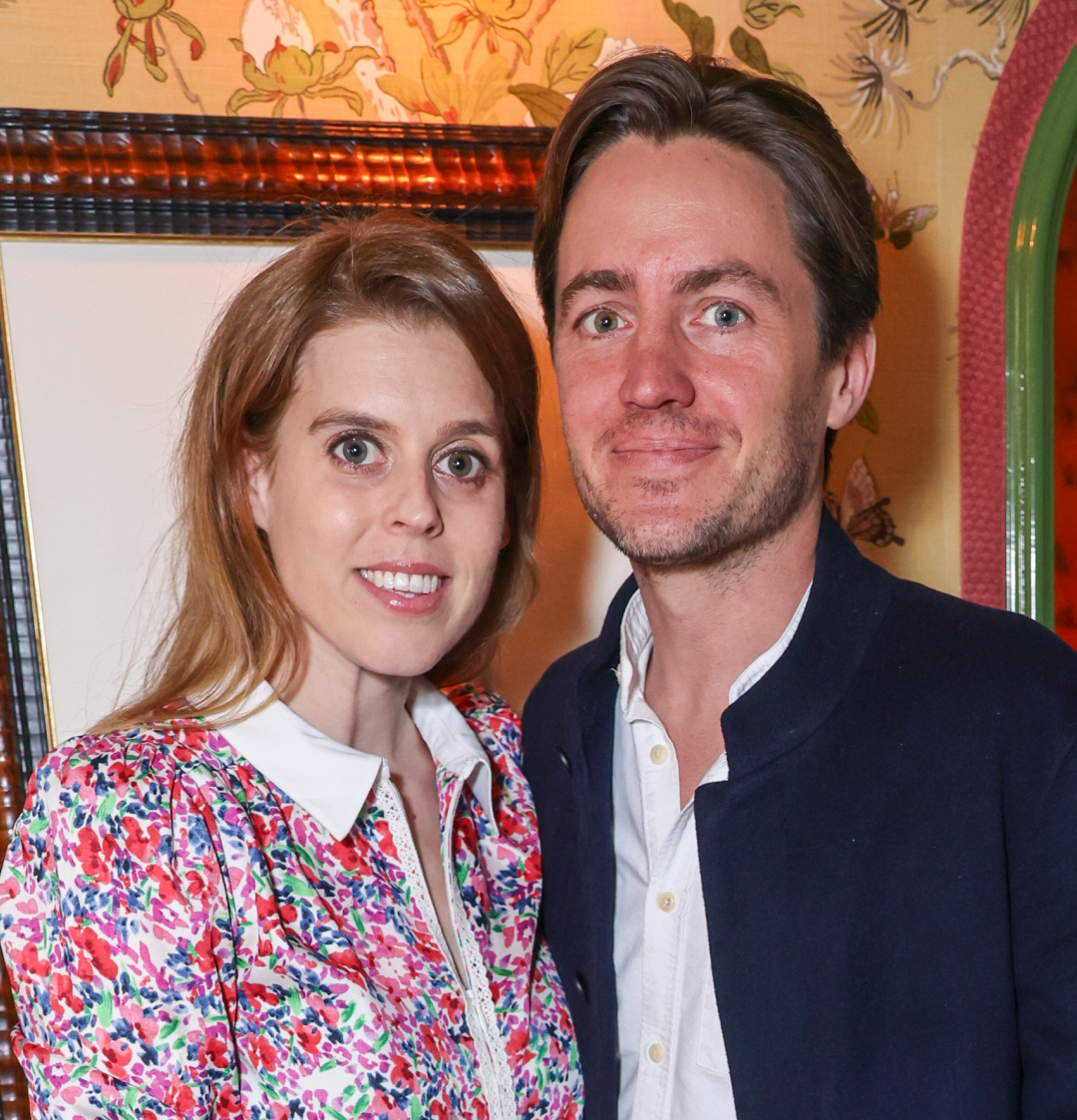 Princess Beatrice's Husband Pays a Rare Tribute to These Royal Family Members on Instagram
Princess Beatrice's Husband Pays a Rare Tribute to These Royal Family Members on InstagramEdoardo Mapelli Mozzi shared some behind-the-scenes snaps from the F1 Grand Prix in Bahrain.
By Kristin Contino
-
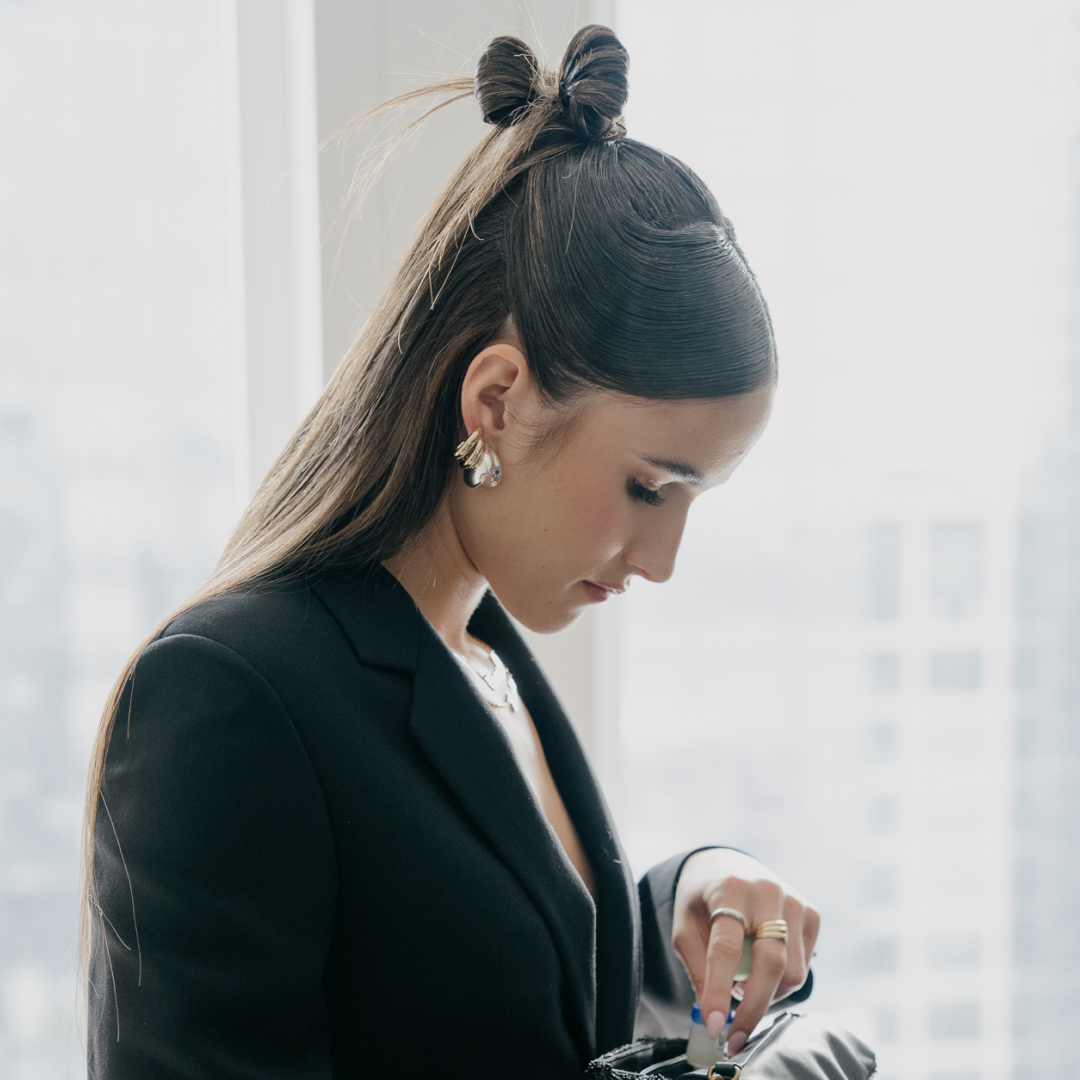 Sonia Citron on Scoring Head-to-Toe Custom Coach for the 2025 WNBA Draft
Sonia Citron on Scoring Head-to-Toe Custom Coach for the 2025 WNBA DraftHer rookie style chapter is just getting started.
By Halie LeSavage
-
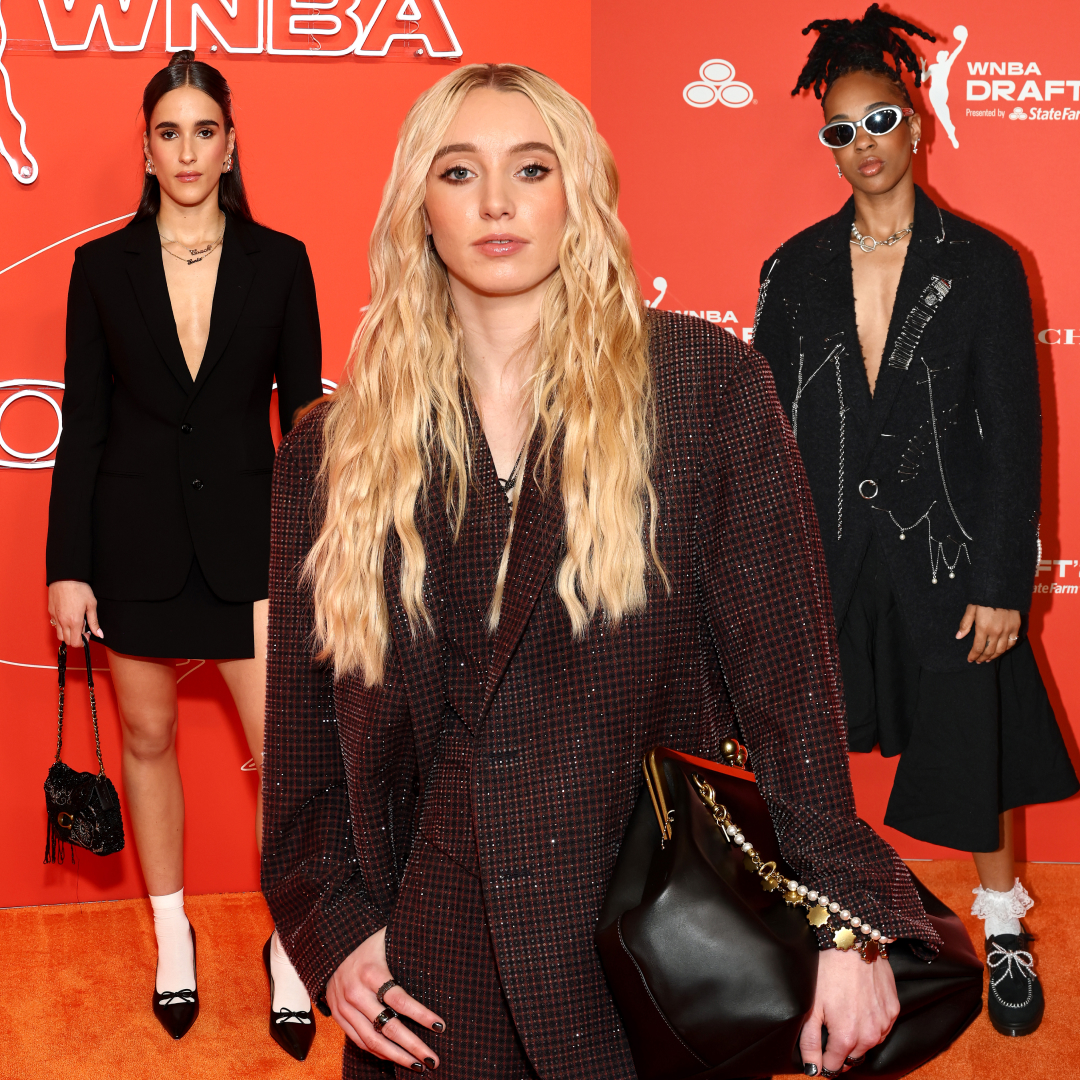 The 2025 WNBA Draft's Best Red Carpet Looks Are an Instant Slam Dunk
The 2025 WNBA Draft's Best Red Carpet Looks Are an Instant Slam DunkThis year's rookie class came to win.
By Halie LeSavage
-
 Zendaya's Cozy Polo Sweater Is One of Gigi Hadid's Favorites
Zendaya's Cozy Polo Sweater Is One of Gigi Hadid's FavoritesThis is the cool way to wear khaki.
By Halie LeSavage
-
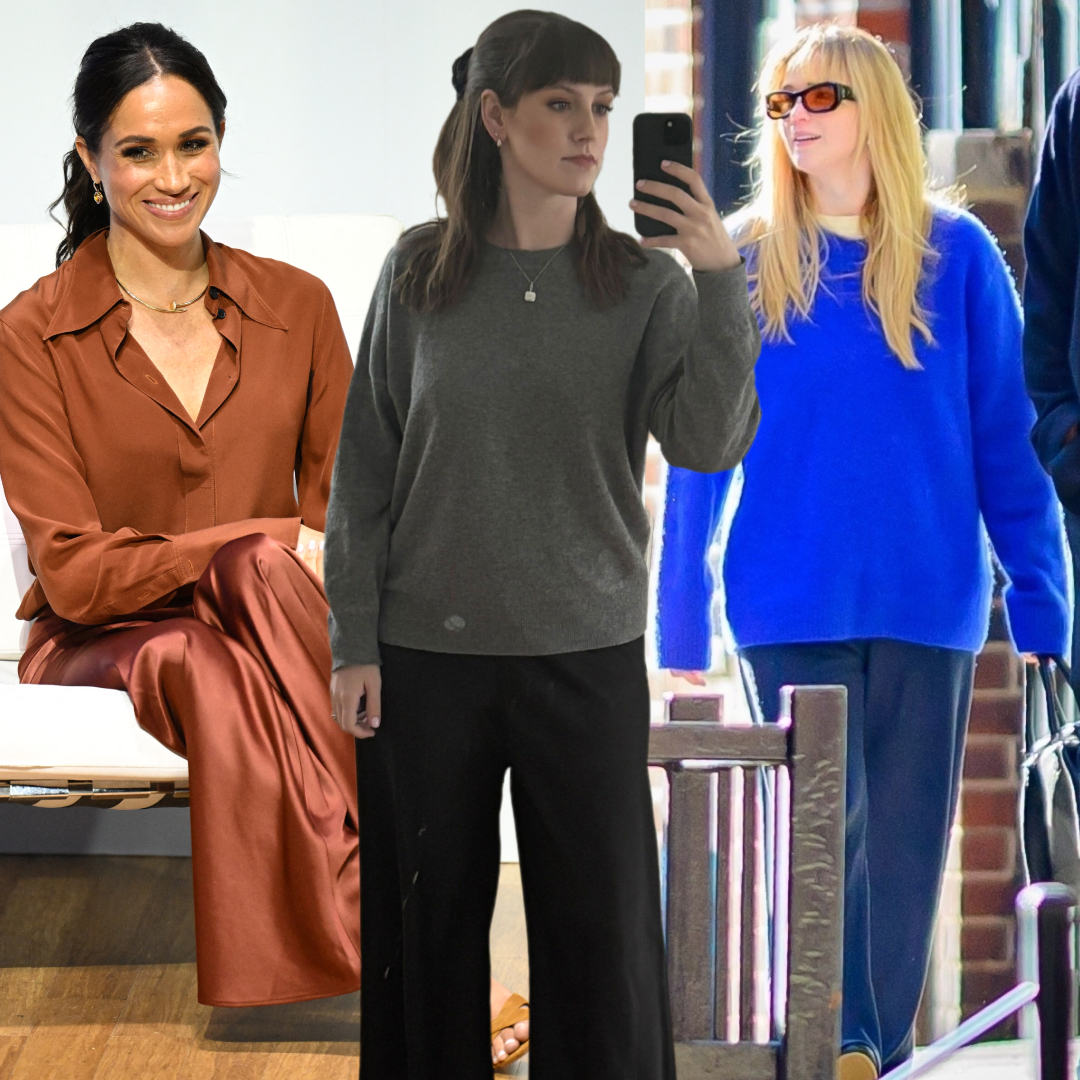 Jennifer Lawrence Has Styled La Ligne's Colby Pants at Least 6 Times—Now I'm Equally Obsessed
Jennifer Lawrence Has Styled La Ligne's Colby Pants at Least 6 Times—Now I'm Equally ObsessedOnce I pulled them on, I understood the hype.
By Halie LeSavage
-
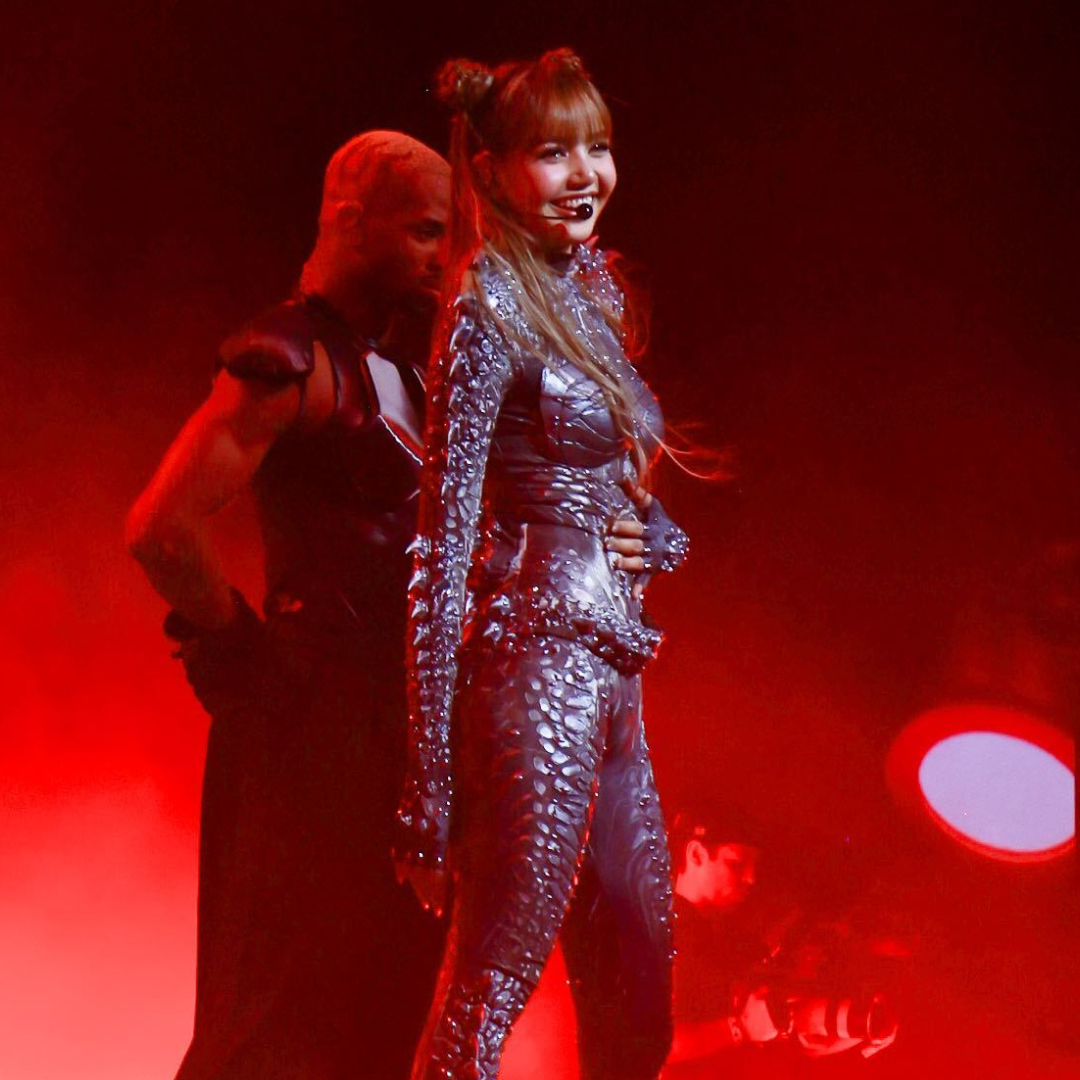 Lisa's First Solo Coachella Costumes "Explore the Spectrum" of Her 'Alter Ego' Era
Lisa's First Solo Coachella Costumes "Explore the Spectrum" of Her 'Alter Ego' EraDesigner Asher Levine brings 'Marie Claire' exclusively behind the scenes.
By Halie LeSavage
-
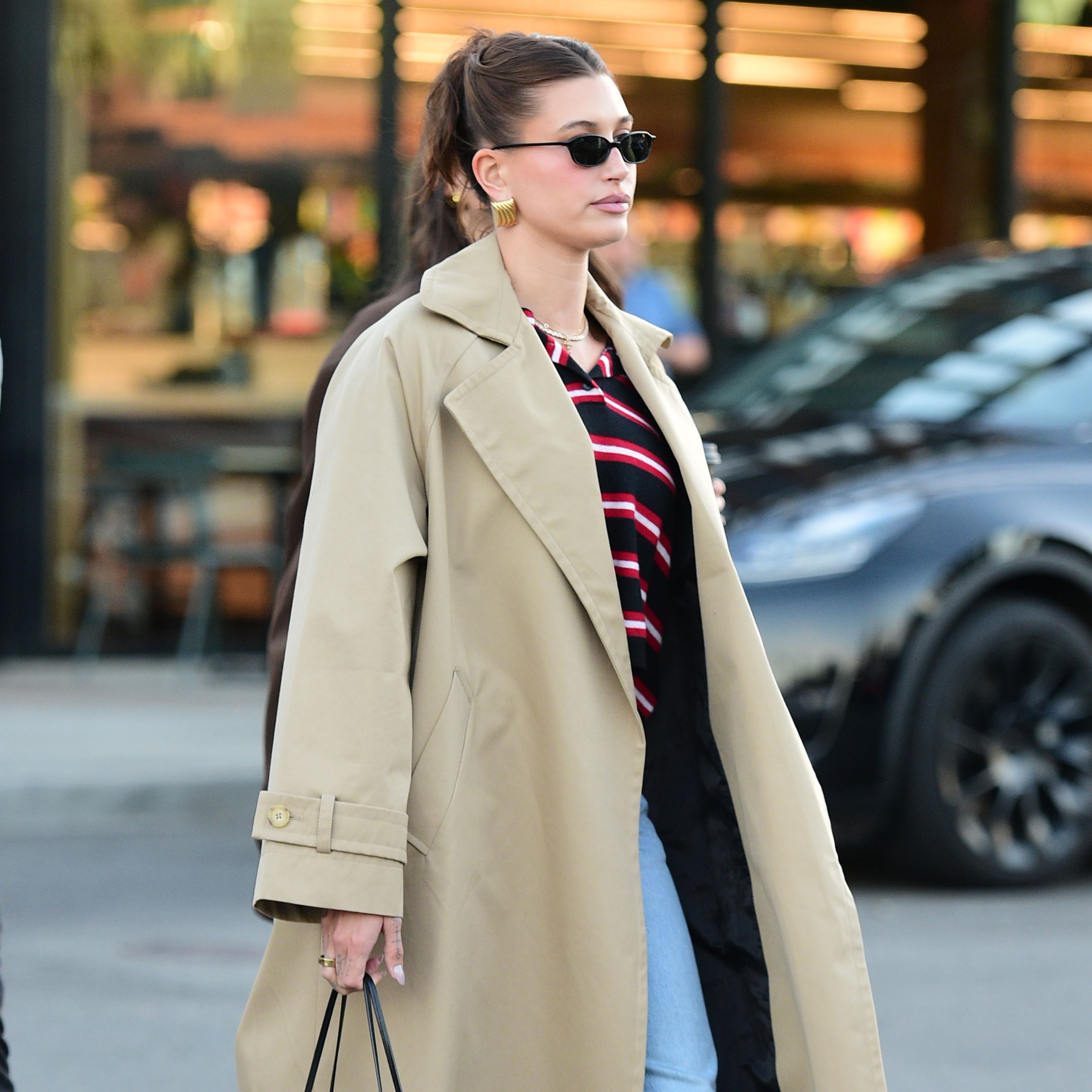 The Belt Buckle Trend Elevates Hailey Bieber's Coachella Flip Flops by Several Notches
The Belt Buckle Trend Elevates Hailey Bieber's Coachella Flip Flops by Several NotchesSandal skeptics, you've been warned.
By Halie LeSavage
-
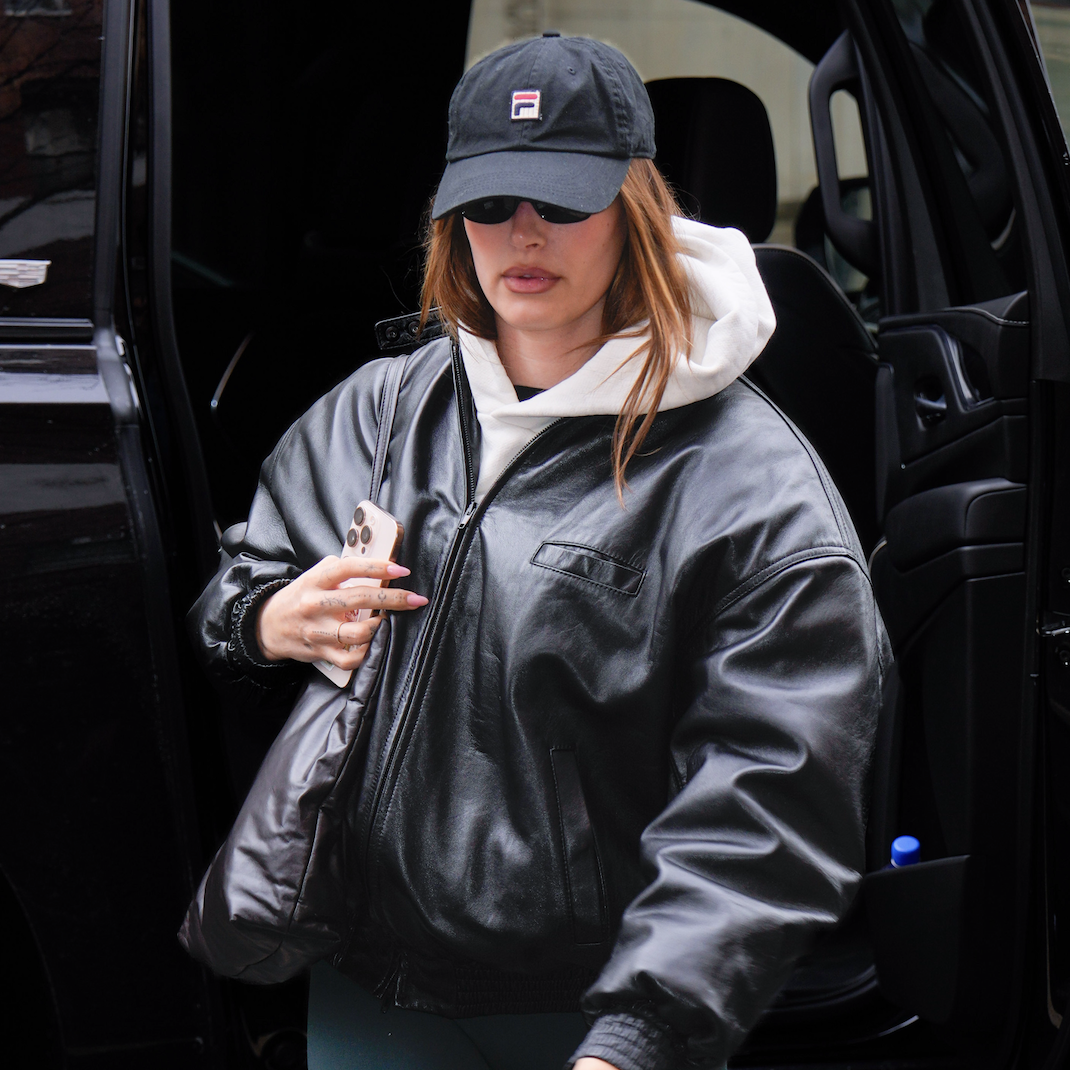 This Cozy Hybrid Slipper-Shoe Trend Even Earned Hailey Bieber's Stamp of Approval
This Cozy Hybrid Slipper-Shoe Trend Even Earned Hailey Bieber's Stamp of ApprovalShe makes the comfy style look so intriguing.
By Halie LeSavage
-
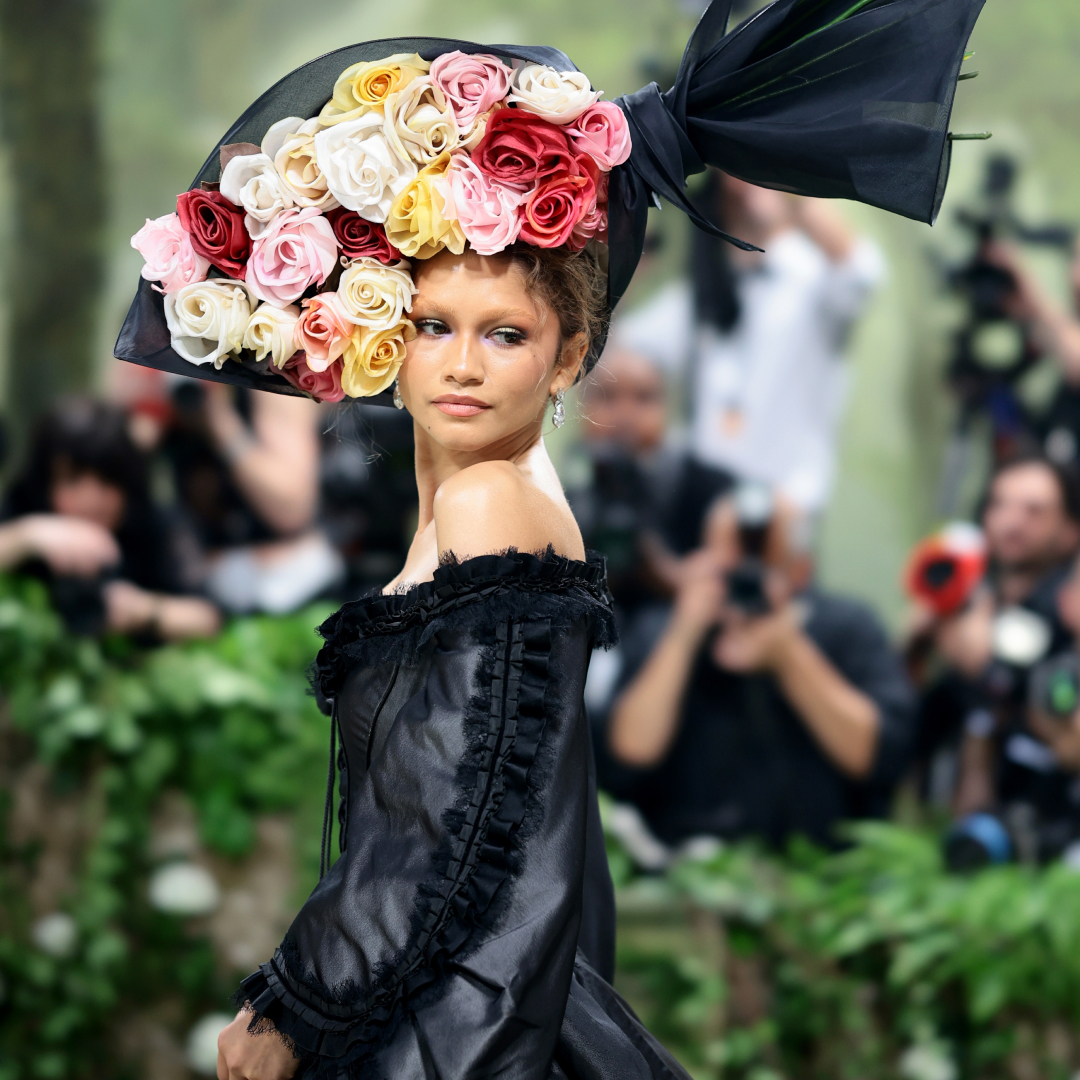 Zendaya Already RSVP'd to the 2025 Met Gala Red Carpet
Zendaya Already RSVP'd to the 2025 Met Gala Red CarpetLaw Roach spilled whether his client would attend in a recent interview.
By Halie LeSavage
